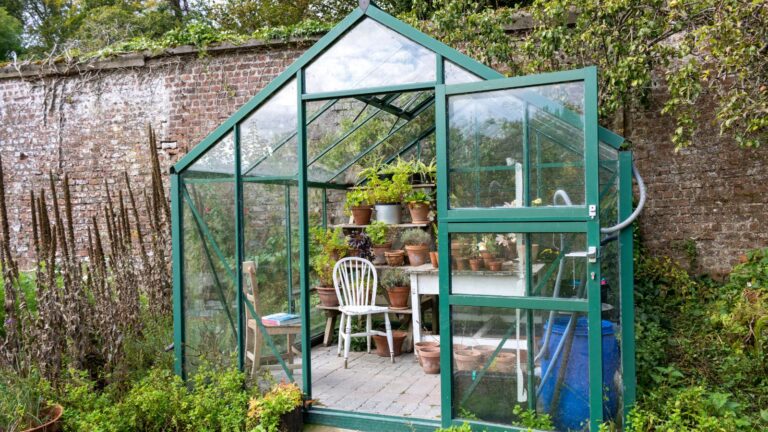
[ad_1]
Winter Greenhouse Gardening: Tips and Tricks for a Successful Season
Winter can be a challenging season for gardening, but with the help of a greenhouse, you can extend your growing season and continue to enjoy fresh produce during the colder months. Winter greenhouse gardening requires some careful planning and preparation, but with the right tools and techniques, you can have a successful and bountiful season. Here are some tips and tricks to help you get started.
Choose the Right Greenhouse
The first step in winter greenhouse gardening is choosing the right greenhouse for your needs. There are many different types of greenhouses available, from small hobby models to large commercial structures. Consider the size of your garden and the types of plants you want to grow when selecting a greenhouse. Look for models with good insulation and durable materials to withstand the harsh winter weather.
Provide Adequate Heating
One of the biggest challenges of winter gardening is keeping your plants warm enough. Most plants require a minimum temperature of around 50 degrees Fahrenheit to grow, so you’ll need to provide adequate heating to keep your greenhouse at the right temperature. Options include electric heaters, propane heaters, solar-powered heaters, and geothermal heating systems.
Manage Humidity Levels
In addition to temperature control, you’ll also need to manage humidity levels in your greenhouse. Winter air is typically drier, and plants need adequate moisture to thrive. Consider adding a humidifier or misting system to your greenhouse, and monitor humidity levels with a hygrometer to ensure your plants are getting the right amount of moisture.
Choose the Right Plants
Not all plants are suitable for winter greenhouse gardening, so choose carefully. Look for cold-hardy varieties that can withstand lower temperatures and shorter daylight hours. Good options include kale, spinach, lettuce, and other leafy greens, as well as root vegetables like carrots and beets. Avoid plants that require high temperatures or long days to grow, such as tomatoes or peppers.
Provide Adequate Lighting
With shorter days in the winter, natural light may not be enough to keep your plants growing. Consider adding supplemental lighting to your greenhouse to ensure your plants are getting the light they need. LED grow lights are a popular option, as they’re energy-efficient and emit little heat, making them safe for use in a greenhouse.
Practice Good Pest Control
Pests can be a problem in any greenhouse, and winter is no exception. Practice good pest control measures to keep your plants healthy and pest-free. Use natural methods like neem oil or insecticidal soap to control common pests like aphids or spider mites, and keep an eye out for signs of infestation.
Be Mindful of Watering
Watering can be tricky in the winter, as overwatering can lead to root rot and other problems. Be mindful of watering, and only water your plants when the soil is dry to the touch. Use a moisture meter to monitor moisture levels in the soil and avoid overwatering.
Clean Your Greenhouse Regularly
Winter greenhouse gardening can create a buildup of debris and pests, so it’s important to clean your greenhouse regularly. Sweep up debris, remove dead plant material, and disinfect any surfaces that come into contact with plants to prevent the spread of disease.
Plan for Succession Planting
Succession planting is the practice of planting different crops in the same space throughout the growing season. In a winter greenhouse, it’s important to plan for succession planting to maximize your harvest. Start new seeds or transplants as soon as you harvest your first crop to keep your greenhouse productive throughout the winter.
Use Microclimates to Your Advantage
Microclimates are small areas within your greenhouse that have different environmental conditions than the surrounding area. For example, a south-facing wall may be warmer than the rest of the greenhouse. Use microclimates to your advantage by selecting plants that are well-suited to those conditions.
In conclusion, winter greenhouse gardening requires careful planning and preparation, but with the right tools and techniques, you can have a successful and bountiful season. Choose the right greenhouse, provide adequate heating and lighting, practice good pest control, and be mindful of watering and cleaning. With these tips and tricks, you’ll be on your way to a fruitful winter garden.
[ad_2]